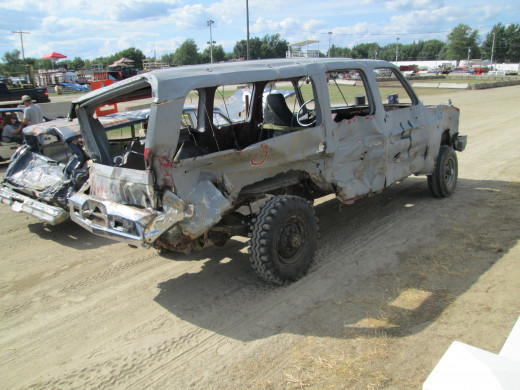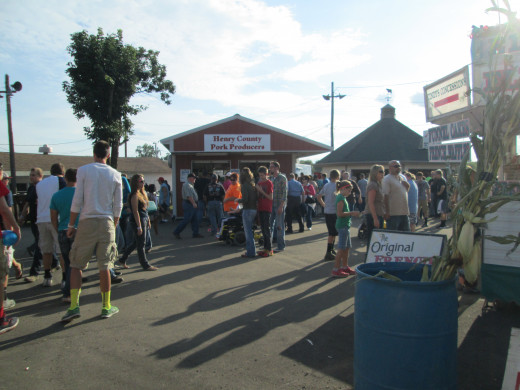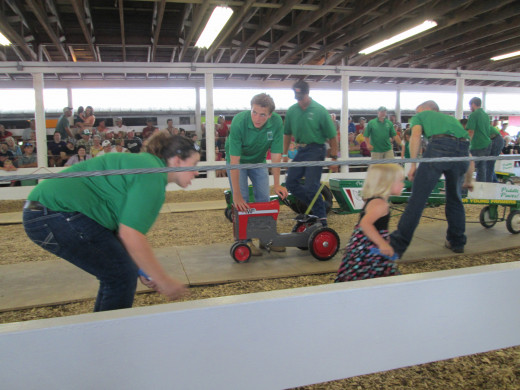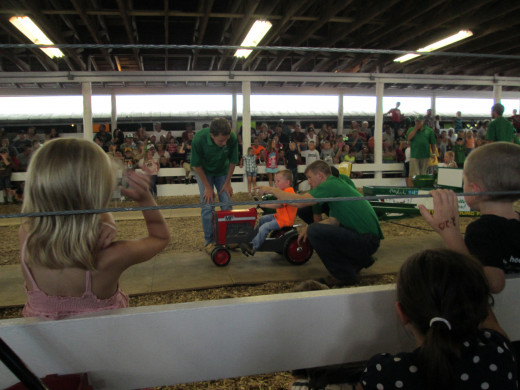Come to the Summer Fair
A 4-H Club Display at the Henry County Fair, Napoleon, Ohio
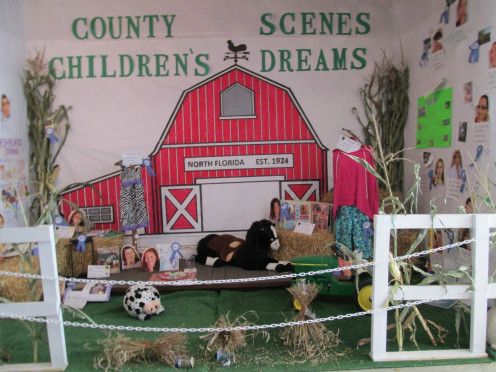
This Hub's Photos
All the photographs used in this Hub are from the personal copyrighted collection of Barbara Anne Helberg. They were taken by Helberg over several years at the Henry County Fair, Napoleon, Ohio.
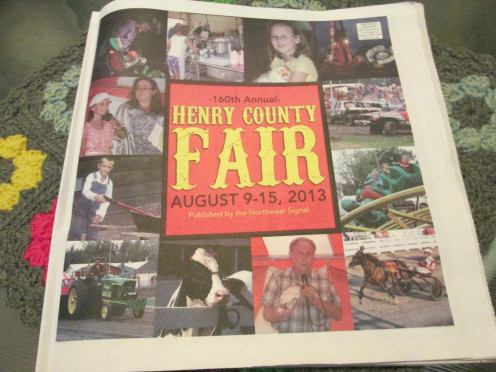
The 4-H Pledge
The 4-H Club equals Head, Heart, Hands, and Health -- 4 H's.
All 4-H Club youth hold themselves to the standard of the 4-H Club Pledge:
I pledge --
My Head to clearer thinking,
My Heart to greater loyalty,
My Hands to larger service, and
My Health to better living -- for my club, my community, and my country.
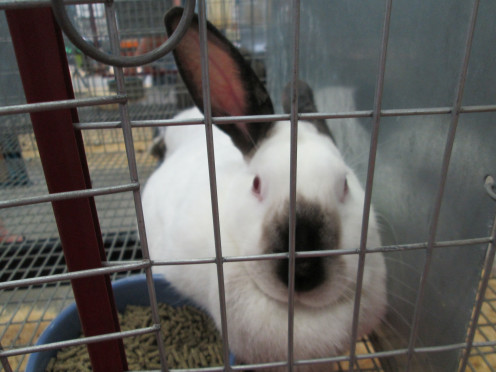
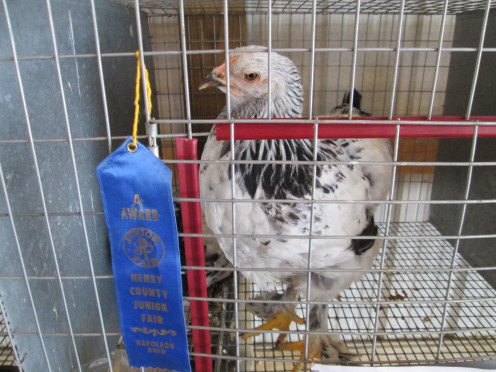
Backbone of the County Fair
In Ohio, the concept of the 4-H Club was conceived by a school superintendent, A. B. Graham, who organized a club for boys and girls in the field of agriculture. This occurred in Springfield Township in 1902.
Agriculture was the wealth of the land in early America. Families grew crops to feed their own and to sell at market to earn "seed" money for the following growing season. This circle of life was at the very center of the first agricultural clubs.
In 1900 Illinois, W. B. Otwell promoted interest in agriculture among youth by distributing packages of seed corn to 500 boys residing in Macoupin County. Corn grown by this group of boys was later exhibited as a project at a farmers' institute.
Also in 1902, O. J. Kern of Illinois organized farm boys into an agricultural group in Winnebago County.
Similar agricultural clubs were organized in Iowa in 1904 and 1905, bringing the entire three-state region into the earliest establishments of what later would become 4-H clubs.
Since the National 4-H Service Committee was founded in 1921, 4-Hers have been the backbone of county fairs in America. These youth work for weeks and months on the projects and with the animals which they ultimately display on the fairgrounds, and they represent the important foundation of agriculture.
160 Years of Fair
The current version of the Henry County Fair, which celebrated 160 years in Napoleon, Ohio, in 2013 (August 9-15), features free grandstand shows and access to all displays and animal barns for an individual entrance fee of $7.00, a grand price for the activities available. Children under 12 are admitted free.
Registration is required for some events, and of course, rides like the Ferris Wheel and the Carousel come at a price, but the overall motivation for the fair is family fun and the demonstration of the skills of the area's youth in 4-H Club projects of photography, art, sewing, animal husbandry, and many more, which are judged and awarded.
Henry County, Napoleon, Ohio, Fairgrounds
The Henry County Fair celebrated 160 years in 2013.
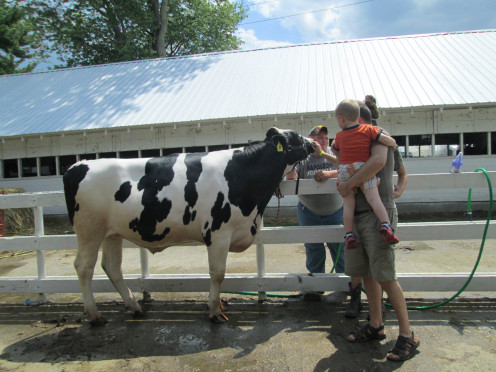
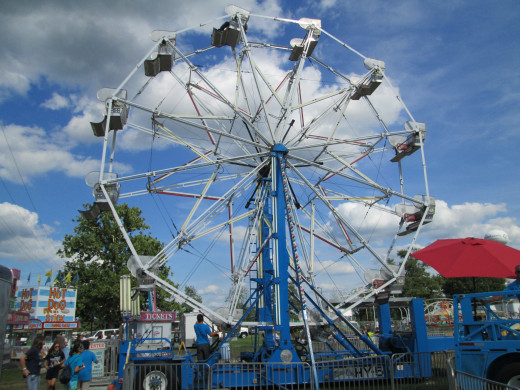
Some Fair History From Around the World
No modern fair is complete without a Ferris Wheel and a Carousel, even though their ride appeal in the modern era may have been eclipsed by the faster rise, fall, and twirl of the "thrill" rides.
But, long before the invention of rides and thrills, fair-goers gathered to view the area's farm produce and livestock, and to judge their worth. Farmers, family, and fairs are still synonymous today. Agricultural groups and farmers' clubs, and today's youth -- the 4-Hers by the millions -- make local fairs a yearly family attraction.
In 1810, the Berkshire Agricultural Society of Pittsfield, Massachusetts, held the first authentic agricultural fair in America. By 1819, the state of New York legislature appropriated funds to help establish county fairs, and the 4-H Club movement began in the early 1900s in Illinois and in Ohio.
Fairs in ancient Middle Ages' history were held as farmers' markets, and merchants soon joined the gatherings to display their wares, as well, to keep traveling at a minimum. Residents of the area gathered at the market displays.
People by nature have used dance and the enjoyment of food at gathering places. Thus, the first European Medieval "fairs" were born, with produce and products from other countries becoming the trend. It was easier for merchants and farmers, alike, to have people interested in buying come to one location. For this reason, the first fairs usually coincided with a church festival, making the event one for the whole family, and one for which a large number of people were ready attendees.
Livestock were soon traded and displayed at the fairs, and entertainment value was added, as merriment and the celebration of plenty became part of the gatherings. Jugglers and tumblers joined the celebrations of product, produce, food, and dance.
The modern fair, although more sophisticated than its ancient forebears, is rooted in the same motivations of productive display and family gathering and fun.
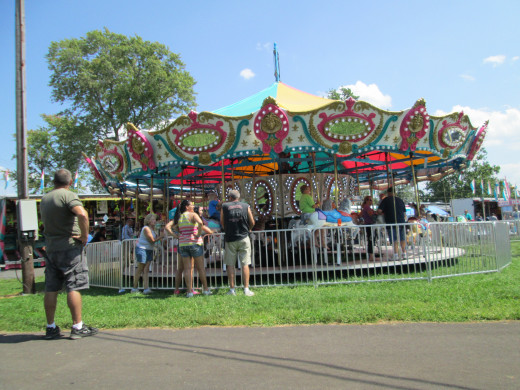
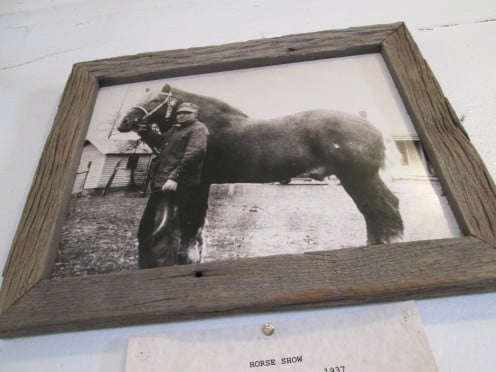
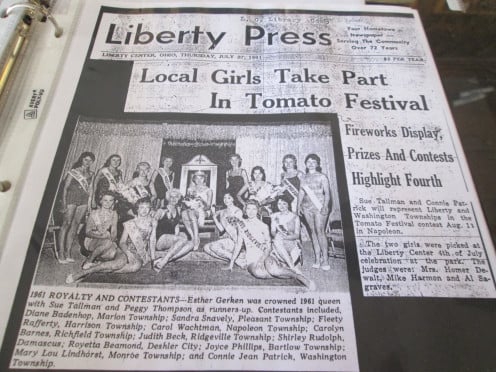
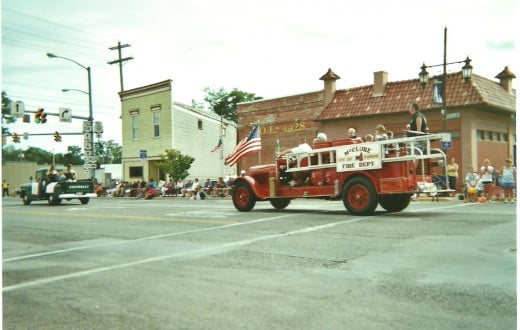
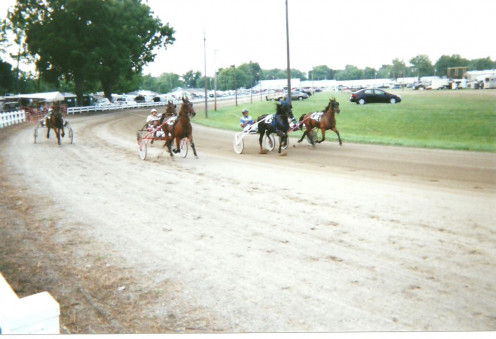
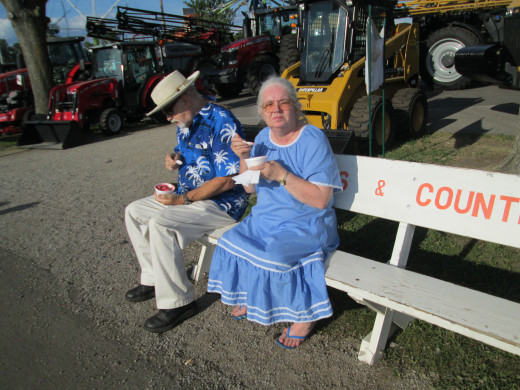
The Queen and Her Court
The 54th Annual Tomato Festival Parade and Pageant in Henry County, Ohio, held Sunday evening at the 160th Henry County Fair, Napoleon, on August 11, 2013, featured Morgan Parcher, who was crowned Queen of the event as the representative from Harrison Township.
In Morgan's court were second runner-up Madison Merz, Miss Napoleon City; third runner-up Rachel Wiemken, Miss Ridgeville Township; and first runner-up, Leah Thomas, Miss Pleasant Township.
Heather Wells, 2013's Miss Ohio, attended the pageant as a guest of honor.
What Is Your Summer Fun?
Do You Attend A Local or State Fair in Your Area?
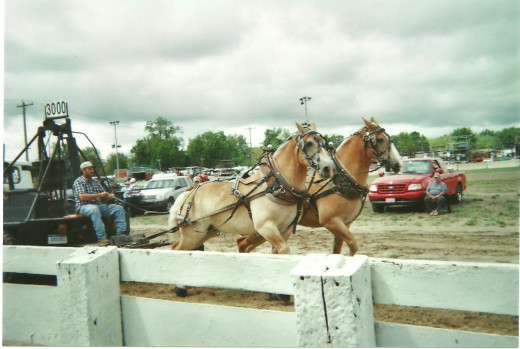
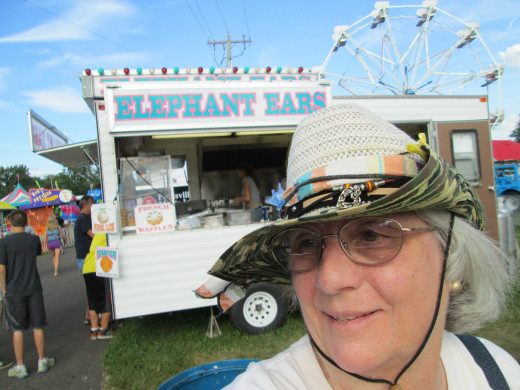
Quick Fair Facts
The farmer has always been the honored guest at state and county fairs in America.
Though most fairs have sprouted further into the entertainment arena, agricultural improvement and showcasing has always been at the heart of a fair.
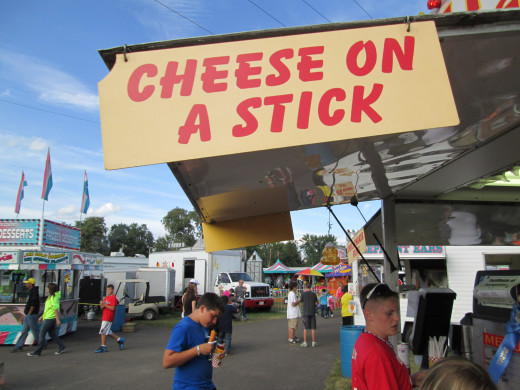
Quick 4-H Club Facts
The United States supports 4-H Clubs in the nation through scholarships and awards on all levels; local, state, and national.
The United States Department of Agriculture is supplemented by national organizations in its 4-H work.
